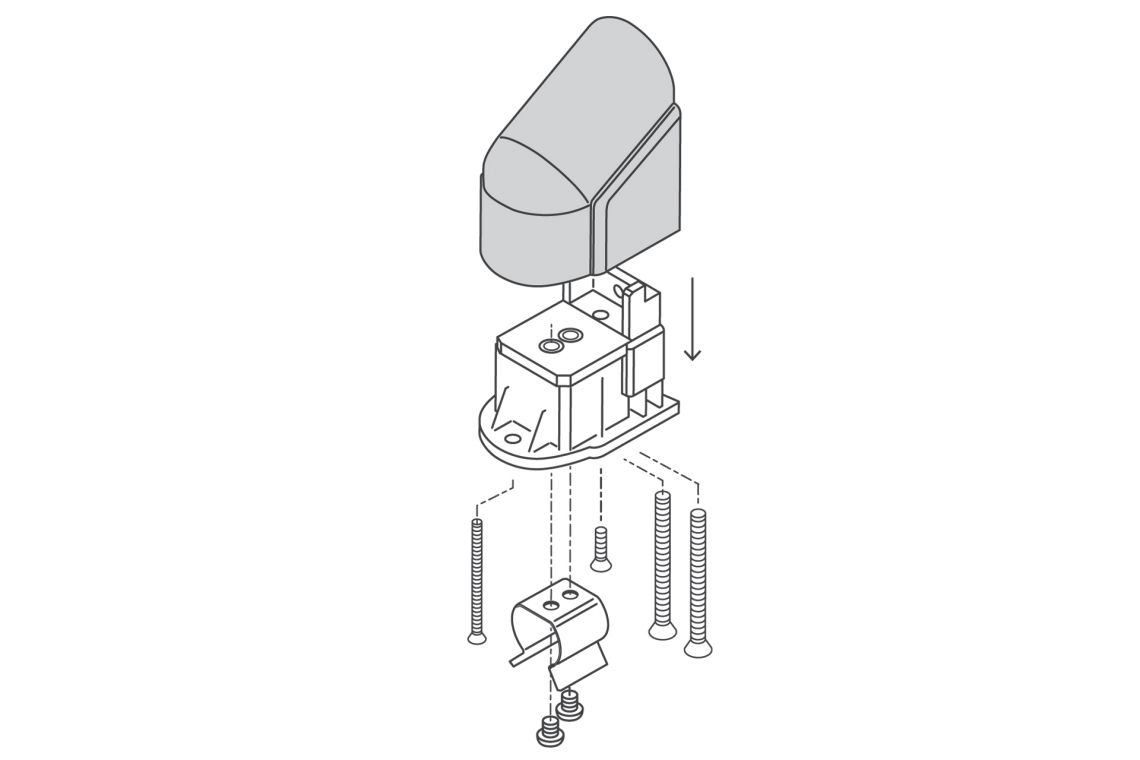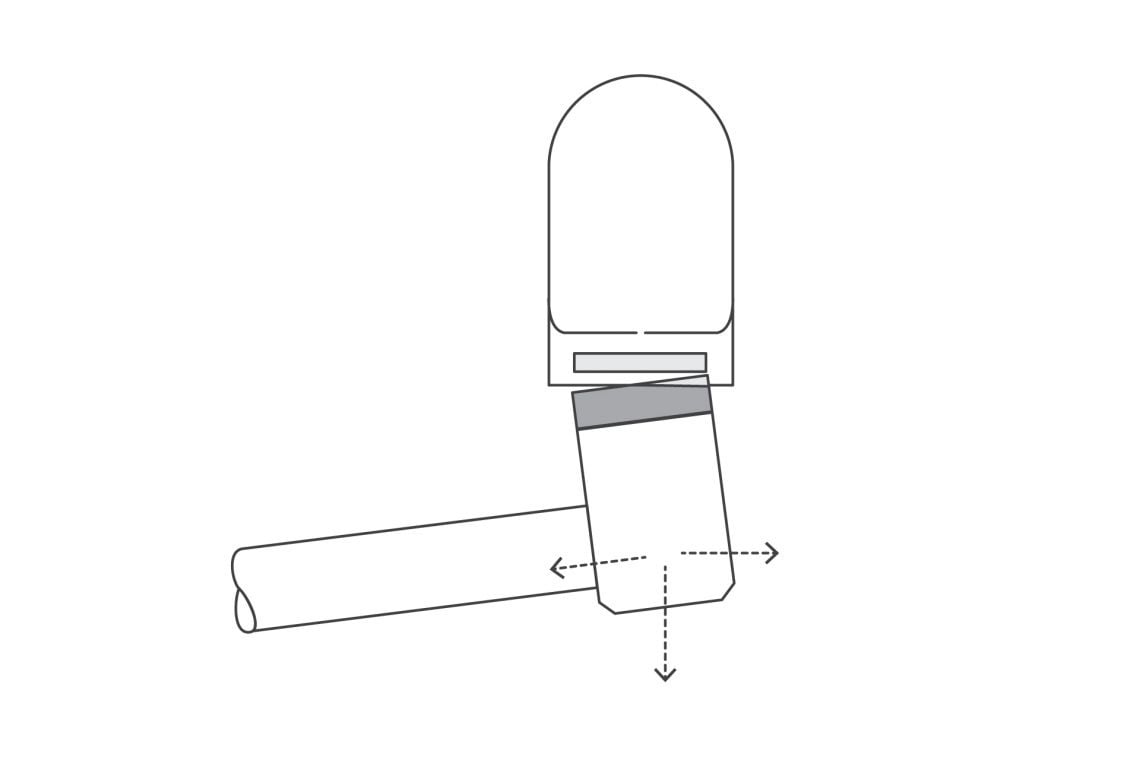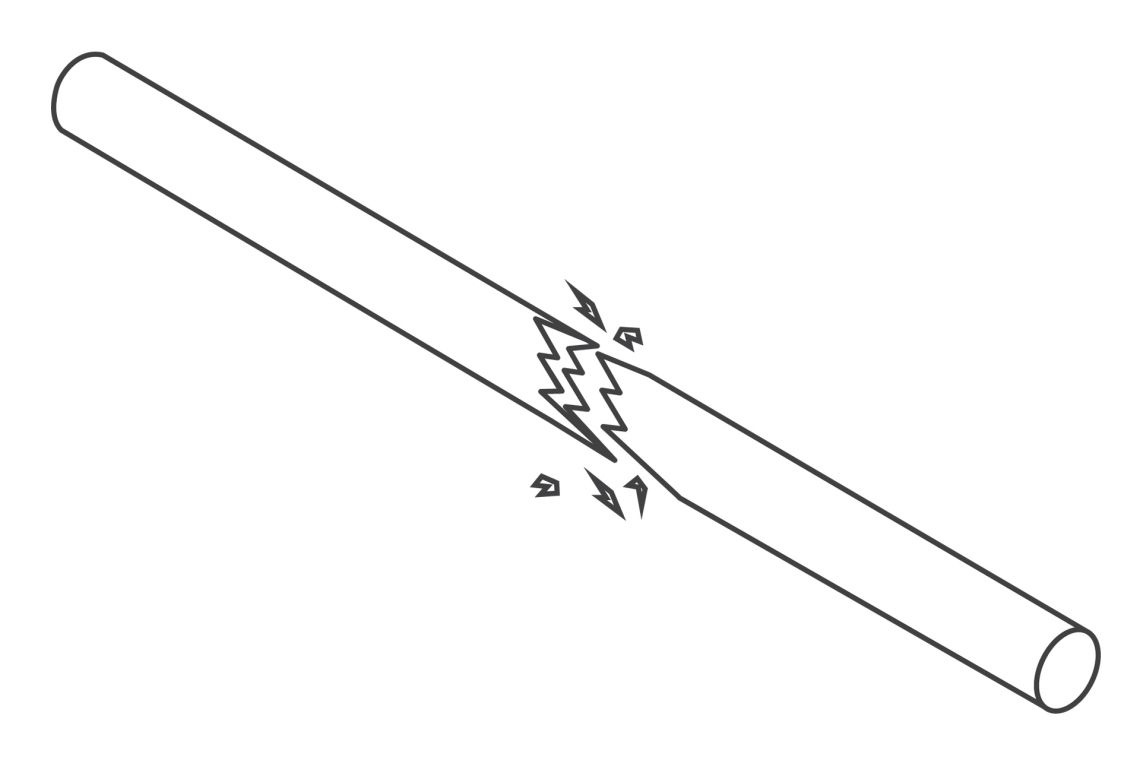OUR DOOR IS ALWAYS OPEN
To find out more call us on 0330 058 0988 or email us at info@safehingeprimera.com
To restore dignity and create a homely environment, vulnerable service users need fixtures and fittings that are familiar and, most importantly, safe.
Existing products failed to address this issue, so we developed a range of load release anti-ligature bedroom and bathroom fittings that are lightweight yet durable. Plus, they look just like the ones you’d find in a home bathroom – restoring dignity, creating a sense of normality, and helping to aid recovery.
To find out more call us on 0330 058 0988 or email us at info@safehingeprimera.com

The release mechanism uses a spring hidden inside the anti-tamper casing. It provides a robust connection that only releases when needed – a simple concept that really works.
Patent protected (GB2504710)
The anti-ligature bracket is fixed to the wall or ceiling. When an abnormal load is applied, the lightweight fitting is released, with the components pushing back together afterwards.
Traditional anti-ligature fittings can look sanitised and out of line with modern approaches to recovery. They clearly indicate a different, more institutional environment – and removing them altogether implies that the service user can’t be trusted.
Magnetic anti-ligature systems answer many of today’s requirements. But as they’re only kept intact by magnets, they can often become detached accidentally due to their multi-directional load release causing frustration.
The most common example is curtains detaching completely when being pulled open or shut.
Because such fittings rely on a perfect magnetic connection, side bracing is often fitted to prevent detachment.
The magnets in the fittings can make the product heavy – curtains in particular – meaning they make an effective weapon when detached.

When deliberately damaged, plastic based components leave very sharp edges which can be used to self-harm. Plus some fittings use plastic components that shear to reduce ligature risk – needing replaced after each incident, adding to maintenance costs.

UK - Glasgow
44 Speirs Wharf
Glasgow
G4 9TH
t: +44 330 058 0988
e: info@safehingeprimera.com
UK - Blackpool
Unit 8 Bankfield House
250 Bristol Avenue
Blackpool
FY2 0JF
t: +44 330 058 0988
e: sales@safehingeprimera.com
USA - Boston MA
177 Huntington Ave
17th Floor
Boston
MA. 02115
t: +1 347. 506. 2114
e: inquiries@safehingeprimera.com
AU - Hipac Head Office
36 Long Street
Goulburn
New South Wales
Australia 2580
UK - Glasgow
44 Speirs Wharf
Glasgow
G4 9TH
t: +44 330 058 0988
e: info@safehingeprimera.com
UK - Blackpool
Unit 8 Bankfield House
250 Bristol Avenue
Blackpool
FY2 0JF
t: +44 330 058 0988
e: sales@safehingeprimera.com
USA - Boston MA
177 Huntington Ave
17th Floor
Boston
MA. 02115
t: +1 347. 378. 0174
e: inquiries@safehingeprimera.com
© Safehinge Primera 2023. Design By Submarine. Development By Crocodiles